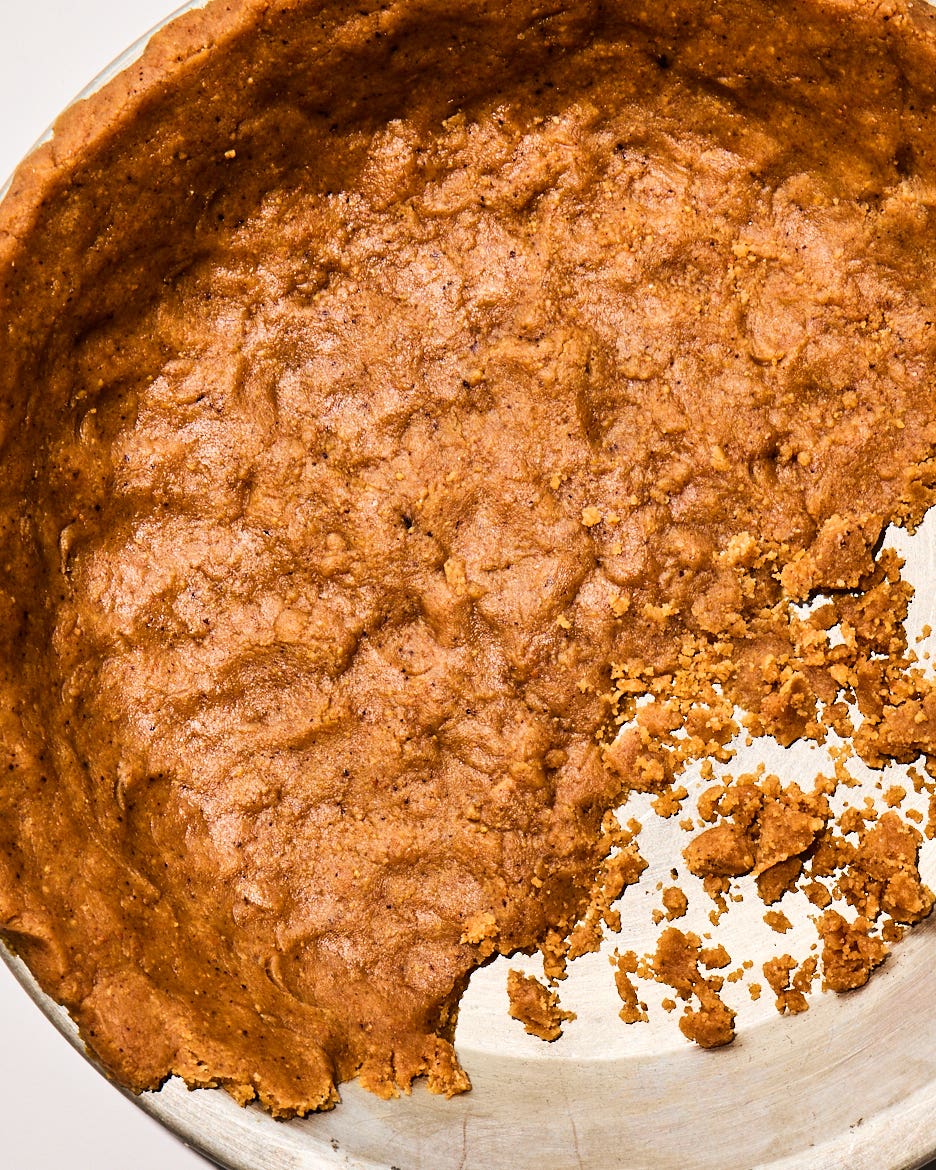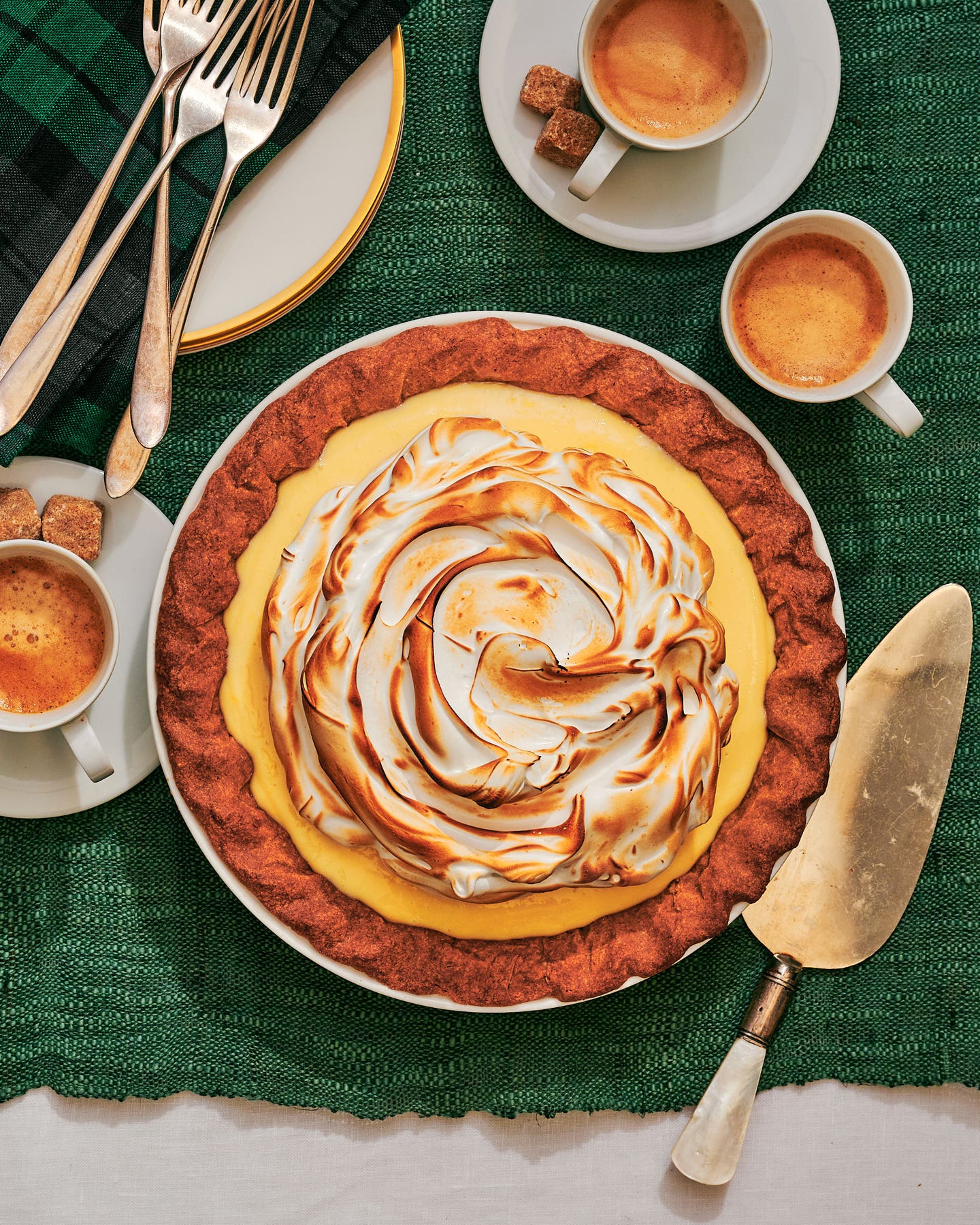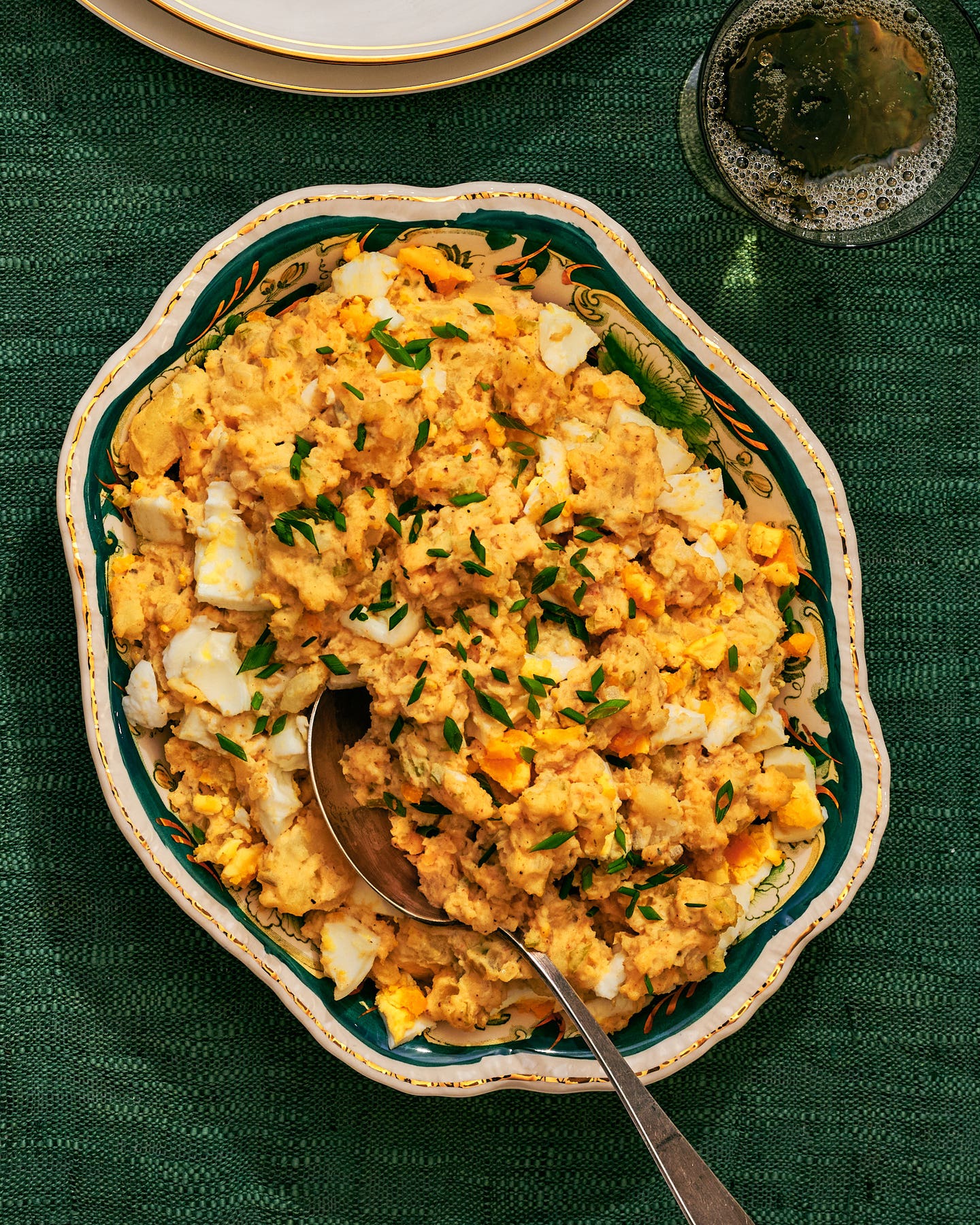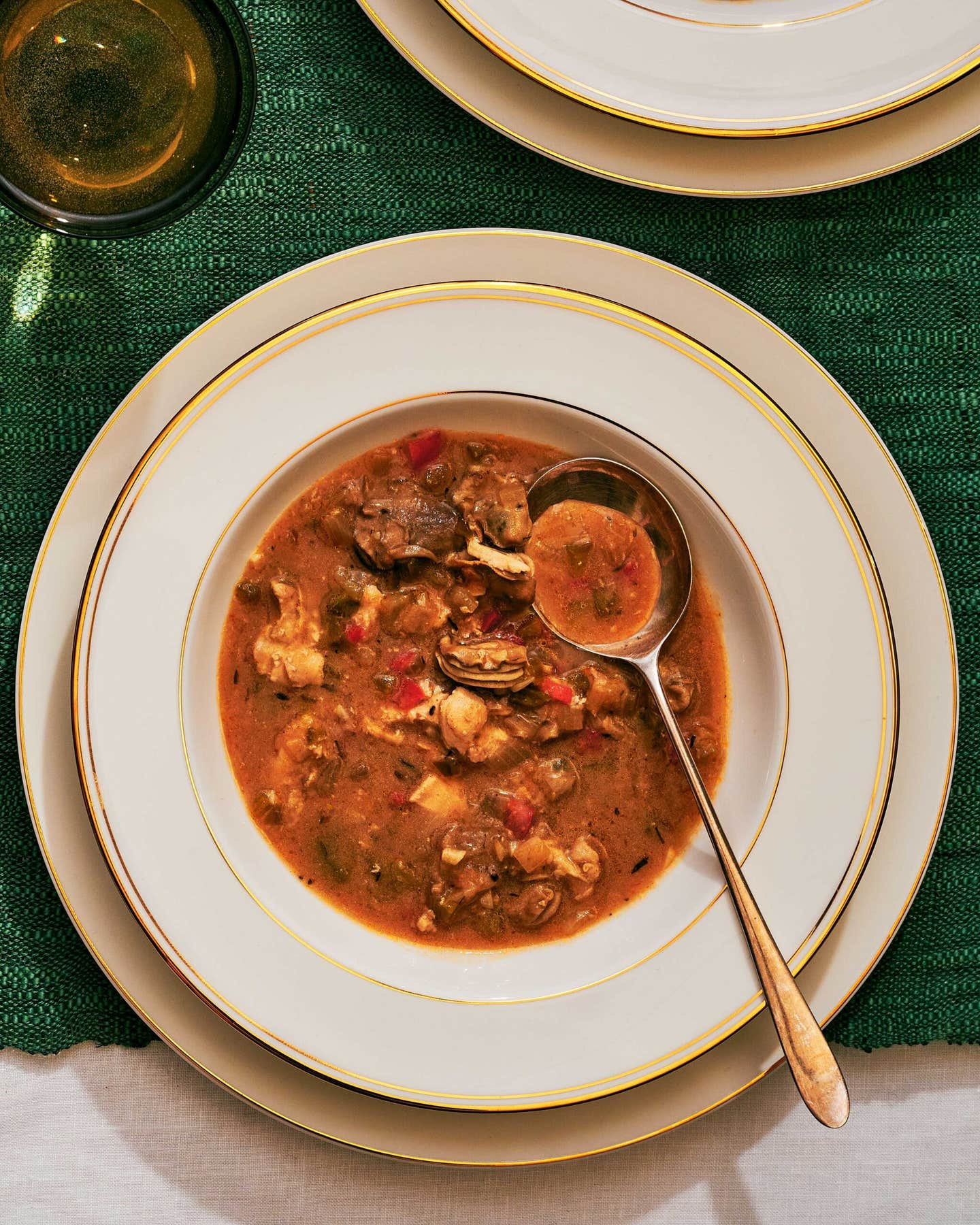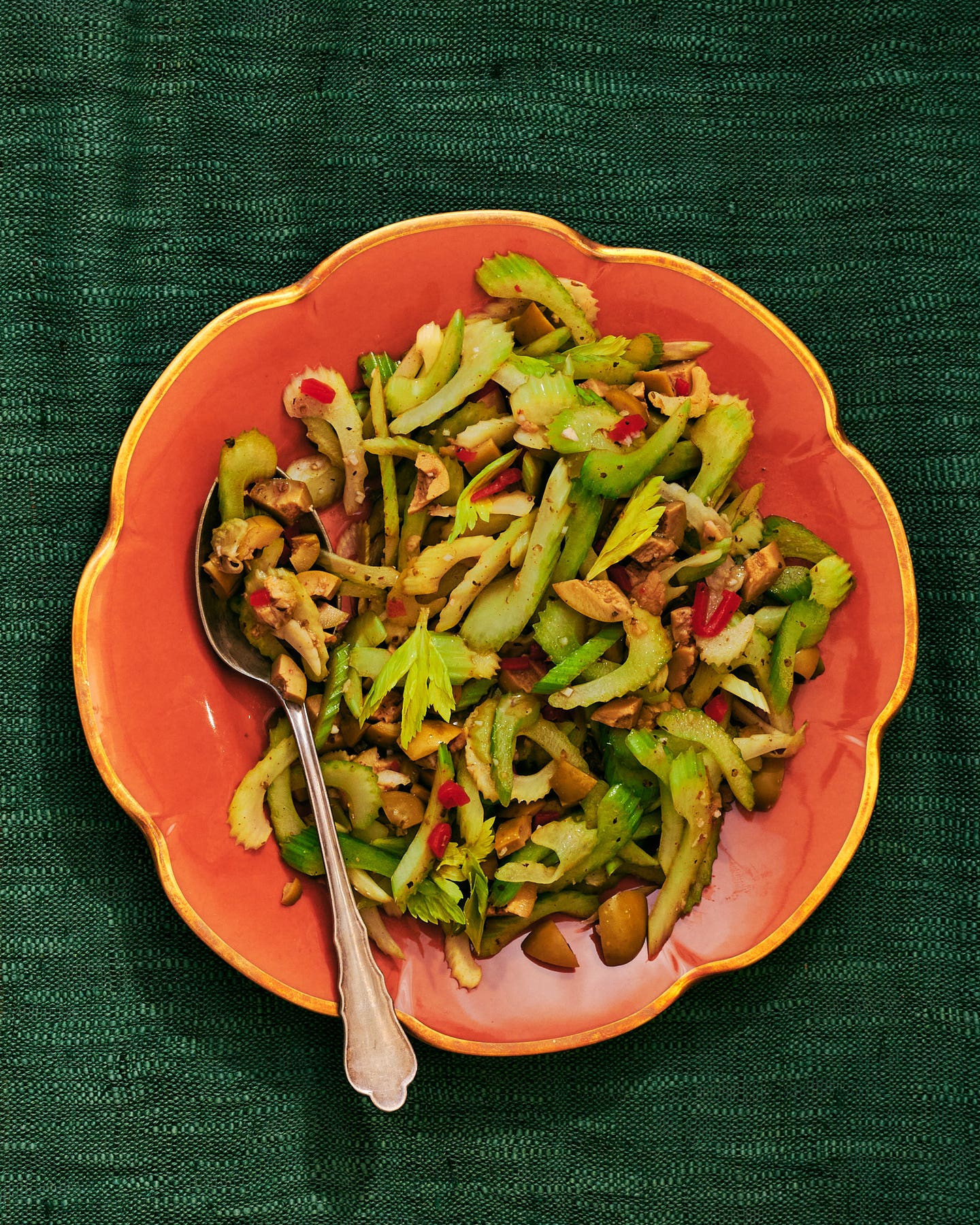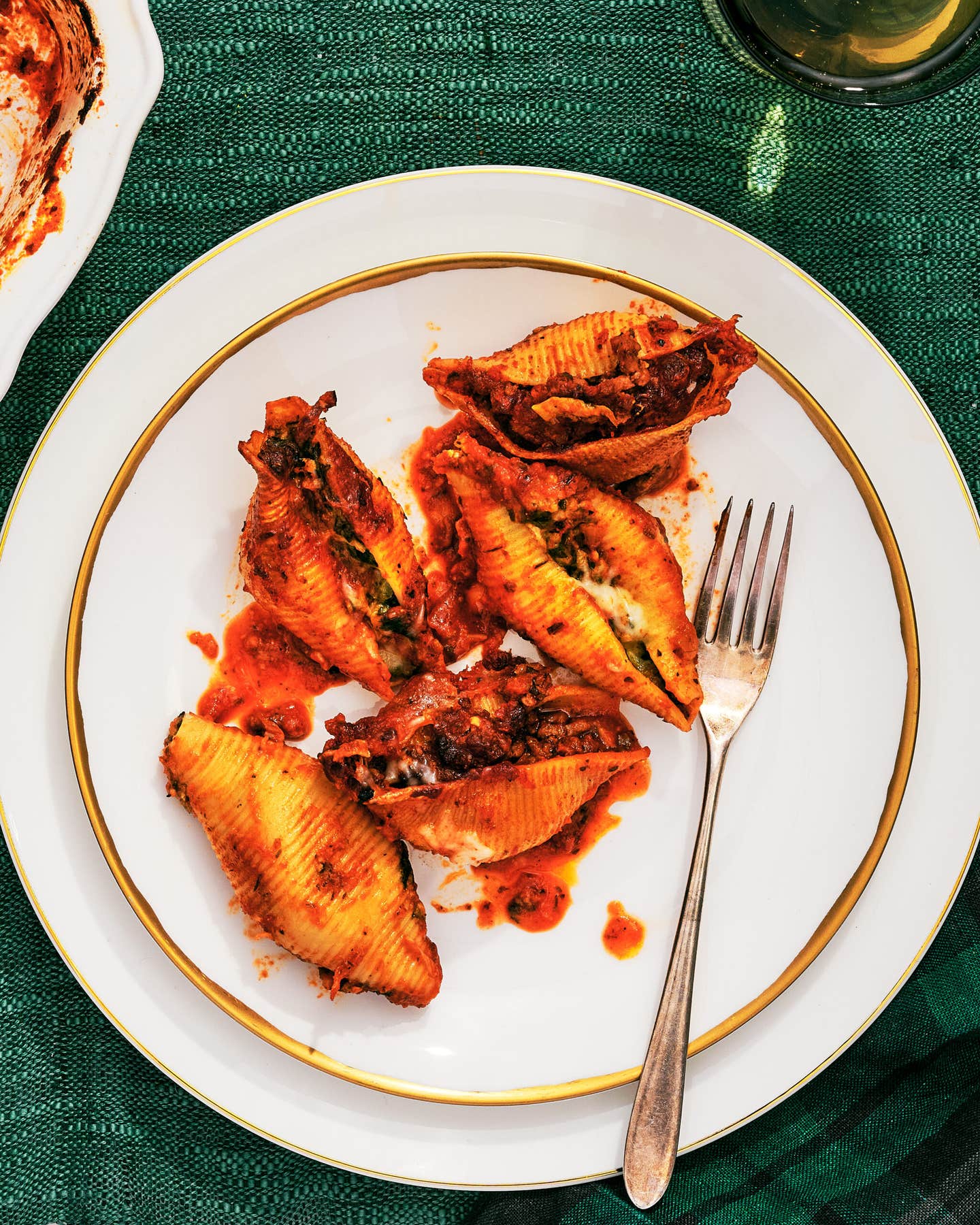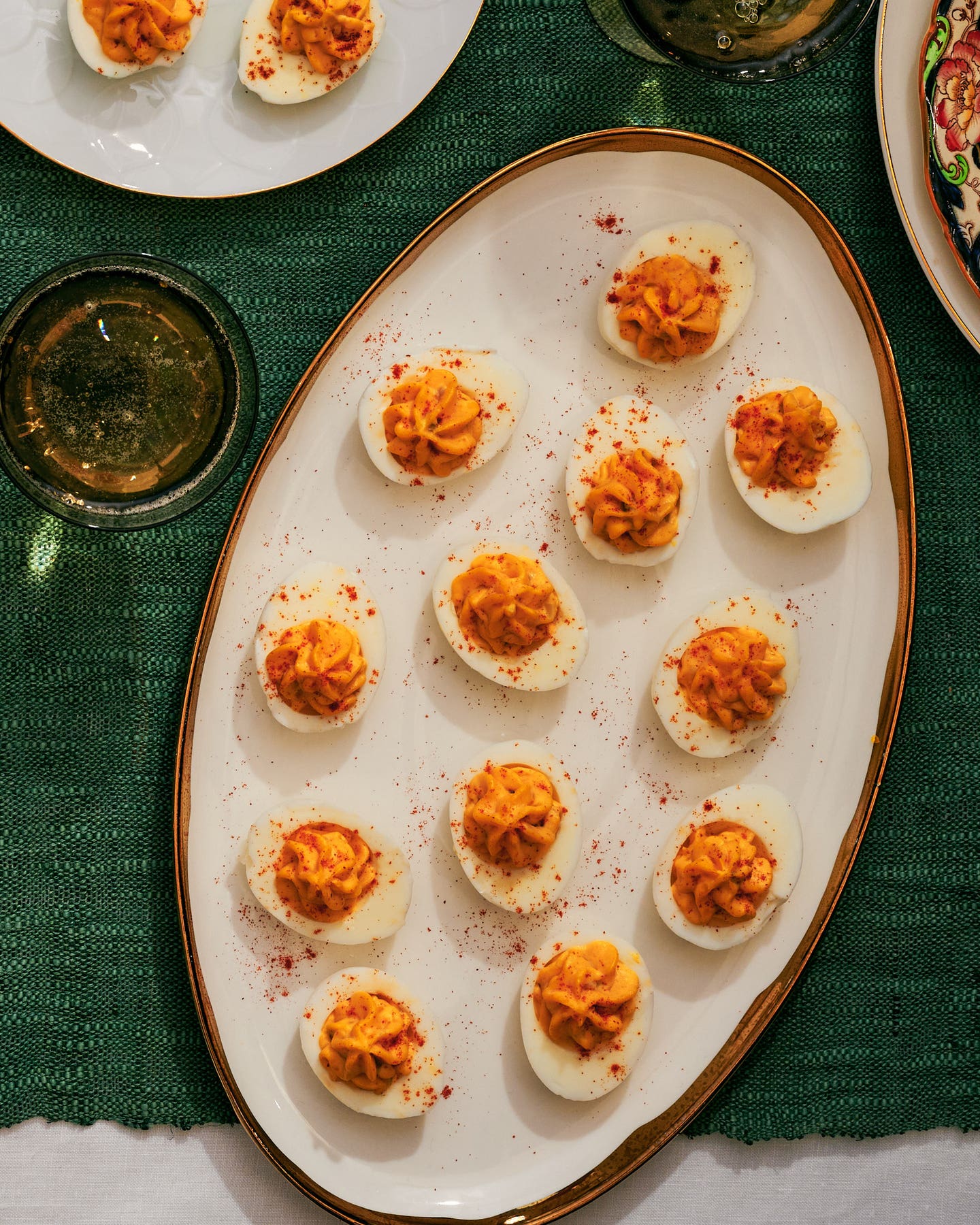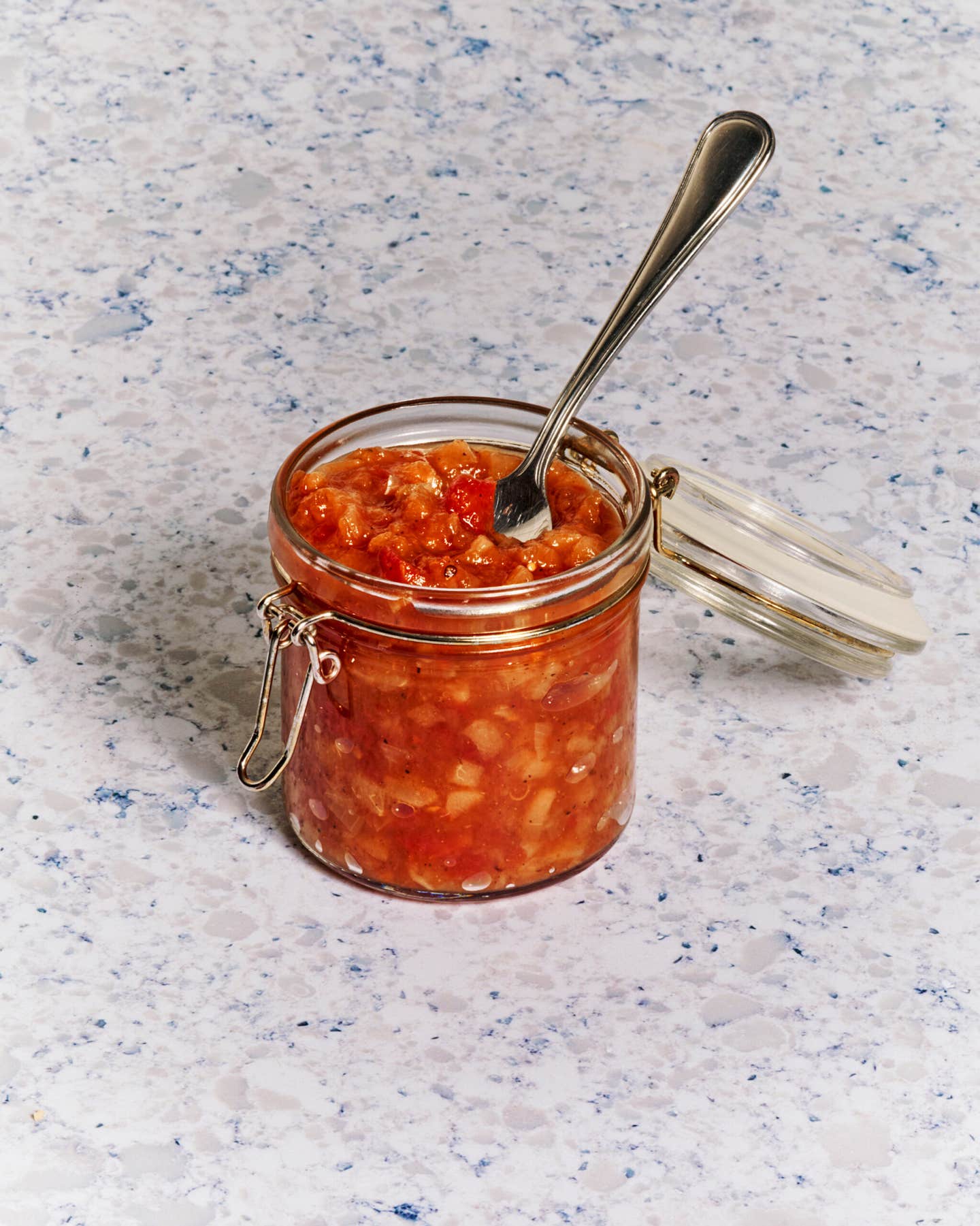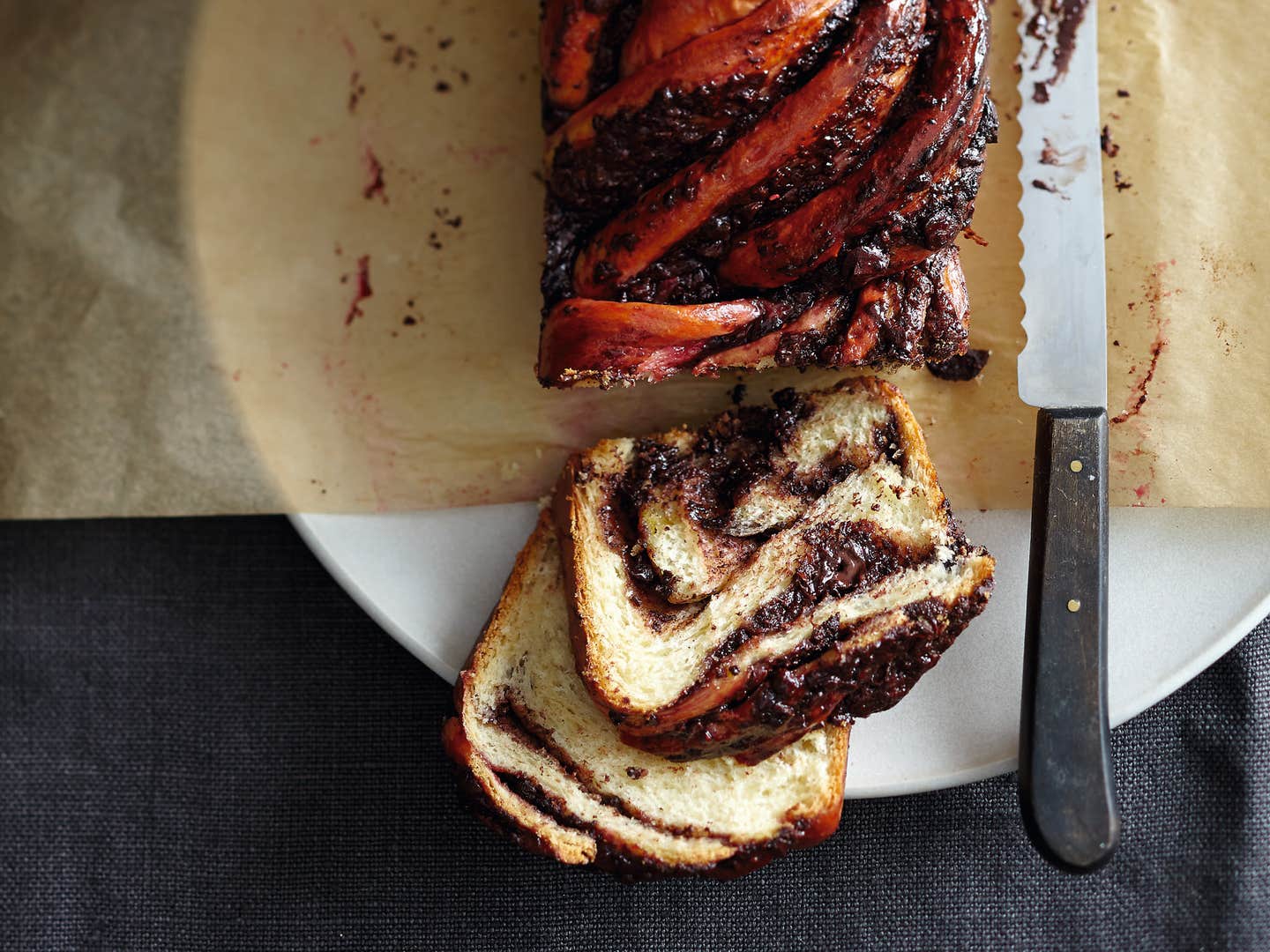
When I began dreaming up recipes for my new cookbook, Modern Jewish Cooking: Recipes & Customs for Today's Kitchen (Chronicle, March 2015), including a babka felt like a given. Originating from the shtetls of Eastern Europe (its name comes from the Slavic word for grandmother), the classic Jewish dessert takes time, strong kneading arms, and a certain amount of swagger. But the investment pays off in a showstopping dessert with a fluffy brioche texture and Van Gogh swirls of cinnamon or chocolate.
I couldn't decide, though: Did I want my babka to be majestically puffed and streusel-topped like the classic New York delicatessen babka of Seinfeld fame? Or perhaps a bit squatter, like the dense, striated kokosh cake, the Hungarian Jewish take on babka? Should I go cinnamon, or chocolate?
Ultimately, I consulted the experts: Breads Bakery. Over the past few years Breads, the Manhattan outpost of breadsmith Uri Scheft's beloved Tel Aviv chain, has almost singlehandedly reinvigorated the New York babka scene with its spiraled rope of butter-rich dough, filled with fudgy ripples of Nutella and melted chocolate. Breads' babka has the crackly, laminated crumb of a cinnamon roll and a beautiful, lacquered shine from a layer of simple syrup painted over top; I wanted my babka to have both, too.
When making babka in the past, the recipes I used always instructed the baker to wind the dough up like a jelly roll and give it several hearty twists before placing it in the loaf pan. That’s fine, but tends to leave large bites of babka with no filling. Scheft’s technique is different, and brilliant: He slices the roll lengthwise, creating two long ropes with their filling exposed, then twists the ropes together so that the filling reaches into every last corner.
When it came to the dough, I knew I wanted to use butter. Many store-bought babkas use oil instead in order to render them_ parve_, meaning suitable to eat during either a dairy or meat meal according to the kosher laws. But I'm a fan of the maxim "butter is better," so after mixing the bubbly yeast and water into the flour, I added a stick, cut into small pieces and kneaded into the dough to evenly distribute its sunny richness.
Finally, I decided to infuse my version with a little fruit. The tart clusters of raspberries that I ate straight from my neighbor's yard every summer as a child sprang to mind, and into the filling went several spoonfuls of raspberry jam. To infuse the loaf with even more raspberry flavor, I steeped the simple syrup with smashed whole berries, imparting the final product with a gorgeous, ruby sheen that beckons almost as strongly as its smell. The end result was at once familiar and surprising—and entirely worth the effort.
Keep Reading
Continue to Next Story

